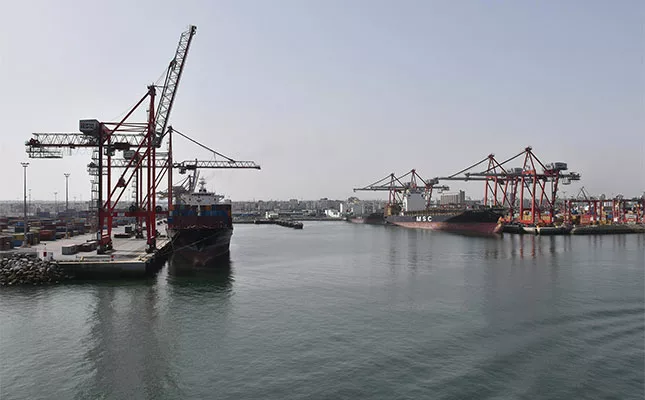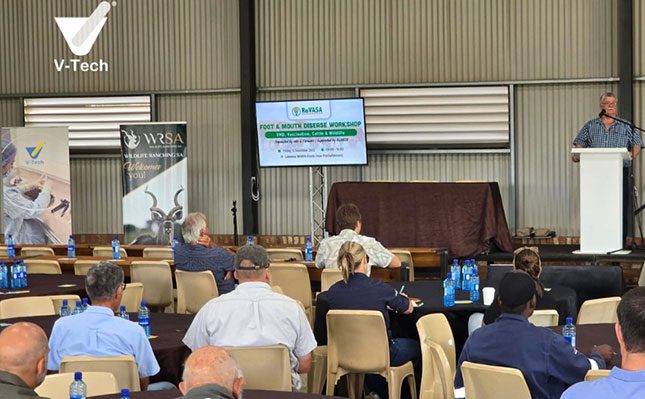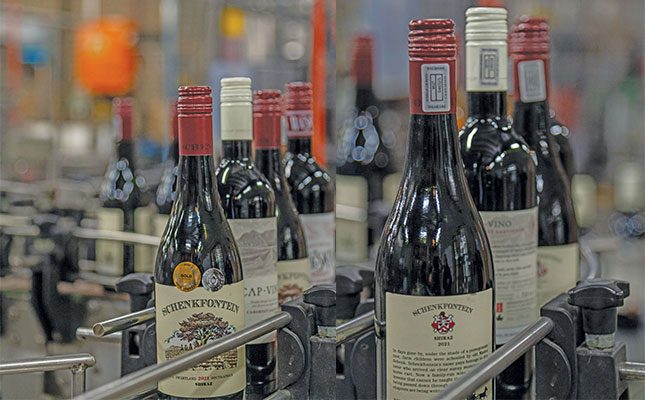
However, South African ports still struggle with delays and infrastructure bottlenecks.
The recent study by Somerset West-based logistics company Link Supply Chain Management (Link) has highlighted the benefits of port privatisation in Africa. Increased productivity, measured in gross crane moves per hour; shorter dwell time; and higher investor confidence have improved job creation and trade competitiveness.
Reasons for these improvements include contracting private operators with performance incentives; infrastructure upgrades such as deeper berths and new terminals; and investments in modern cranes, yard systems, and rubber-tyred gantry cranes (RTGs).
Technology such as biometric truck appointment systems for scheduled entry; automated gate operations and drive-through scanners; and port community systems, which integrate customs, shipping lines, and logistics providers, are already used in other African ports, according to Chris Knoetze, managing director of Link.
“GCH is the key indicator of port terminal productivity. The higher the GCH, the quicker a container ship can be loaded. This results in shorter turnaround times, which ultimately lower freight and operational costs for shipping lines,” he said.
Danica Potgieter, logistics coordinator at Link, added: “Most privatised ports operate at 25 to 40 GCH, while non-privatised ports, such as Cape Town, maintain an average of eight to 15,2 GCH,” says “We have seen investment increase by $300 million to more than $1.5 billion after privatisation of African ports.”
For example, in Maputo, terminal operator DP World’s investment of US$165 million (around R2,8 billion) has funded an expansion enabling the Mozambican port to handle much bigger vessels. This can also improve Maputo’s position as an alternative to South African ports.
Another example is the Port of Luanda in Angola, where operational efficiency was tripled in just seven months. Private investment included 30 shipyard tractors, four automatic container spreaders, four mobile cranes, and staff training.
“Transnet was mismanaged over the years; no capital investment, poor or no maintenance of equipment, and skills shortages. New appointments and changes in Transnet’s senior management, repairing and maintaining equipment, solving staff issues, focusing on operational improvement, and capital investment in new RTGs in Cape Town’s container terminal should boost productivity to at least 20 GCH.
“However, the process is too slow and still far from the 33 GCH reported by Transnet in November 2012,” Knoetze added.












